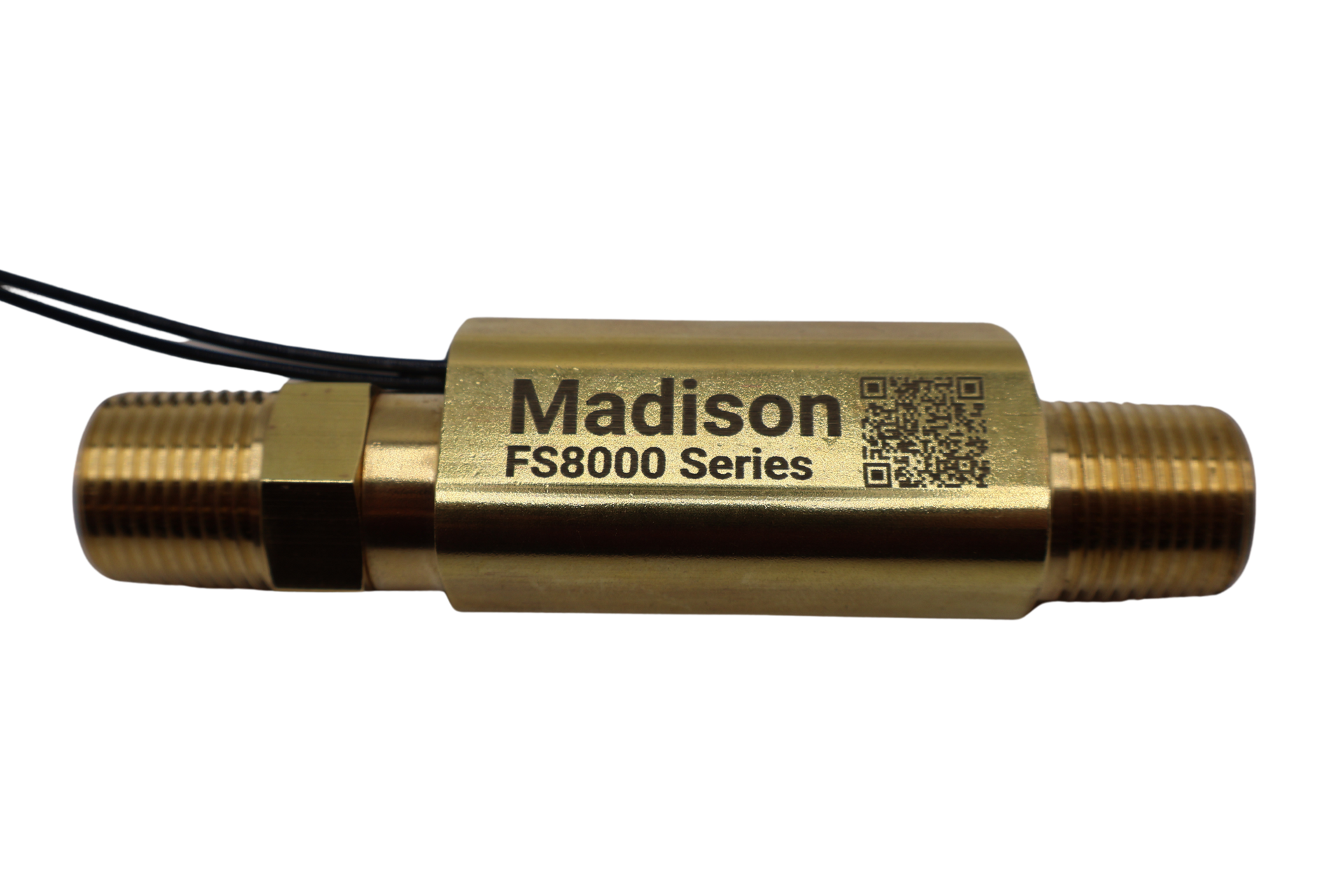Understanding Cooling Lubricant Flow Switches
Maintaining optimal performance and preventing equipment failure is crucial in industrial and mechanical systems. One of the key components that help achieve this is the cooling lubricant flow switch. These devices play a vital role in monitoring and controlling the flow of lubricants and coolants, ensuring that machinery operates smoothly and efficiently.
What Are Cooling Lubricant Flow Switches?
Cooling lubricant flow switches are sensors designed to detect the flow of lubricants or coolants within a system. They provide an electrical contact output at a specific flow rate, which can trigger alarms or control other devices to maintain the desired flow. These switches are essential in applications where consistent lubrication and cooling are critical to prevent overheating and mechanical wear.
Types of Flow Switches
There are several types of flow switches used in cooling and lubrication systems, including:
- Shuttle/Piston Flow Switches: These switches use a shuttle or piston mechanism to detect flow. They are suitable for applications with oil, air, water, and gases. Shuttle/piston flow switches are often used in high-pressure lubrication systems and cooling lines.
- Paddle Flow Switches: These switches use a paddle or vane that moves with the flow of the fluid. When the flow rate reaches a certain threshold, the paddle activates a switch. Paddle flow switches are commonly used in air conditioning systems, boilers, and pumps.
Applications of Cooling Lubricant Flow Switches
Cooling lubricant flow switches are used in a wide range of applications to ensure the proper functioning of machinery and equipment:
- Industrial Machinery: To protect bearings and gears from insufficient lubrication, preventing system downtime and costly repairs.
- Heat Exchangers: To monitor coolant flow and prevent overheating, ensuring efficient heat transfer.
- Compressors and Pumps: To detect low flow conditions and protect equipment from damage due to inadequate lubrication.
- Semiconductor Manufacturing: To maintain precise cooling and lubrication in high-tech manufacturing processes.
Benefits of Using Flow Switches
Implementing cooling lubricant flow switches in your systems offers several benefits:
- Enhanced Equipment Protection: By ensuring a consistent flow of lubricants and coolants, flow switches help prevent equipment failure and extend the lifespan of machinery.
- Improved Efficiency: Flow switches enable precise control of fluid flow, optimizing the performance of cooling and lubrication systems.
- Cost Savings: Preventing equipment damage and reducing maintenance costs can lead to significant savings over time.
- Safety: Flow switches can trigger alarms or shut down systems in case of flow interruptions, enhancing the safety of operations.




